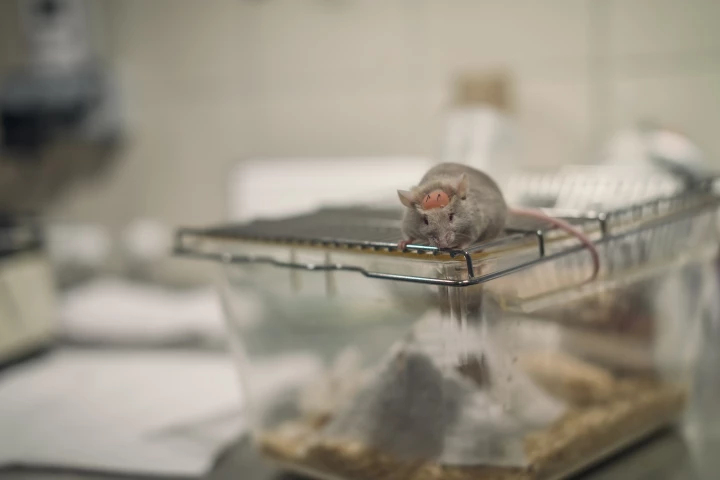Bioprinting
-
For the first time, scientists have combined six primary skin cell types with hydrogels to ‘print’ a thick, multilayered skin that, when transplanted, successfully integrated with surrounding tissue to heal wounds more rapidly and with less scarring.
-
In a major step towards creating new organs on demand to alleviate donor waitlists, Stanford scientists have now received a contract and funding for experiments to 3D print human hearts and implant them into live pigs.
-
Calcium carbonate is an impressive material, in that it combines strength, light weight and porosity. Scientists have devised a new bacteria-based method of 3D-printing the substance, for uses such as bone repair and coral reef restoration.
-
Scientists have created “acoustic holograms” that can assemble matter into 3D objects, using just sound. The technique works with various types of particles and even living cells, allowing for a new kind of 3D printing that’s fast and contact-free.
-
There may soon be new hope for patients born with genetic defects that leave them with misshapen or missing ears. A new human clinical trial will test an implant known as an AuriNovo, which uses a 3D-bioprinted ear grown from the patient’s own cells.
-
The University of Alberta has developed a new technique for 3D printing cartilage in custom shapes. This can be used to repair the noses of skin cancer patients, saving them the trouble of having cartilage samples taken from other parts of the body.
-
Scientists have developed a new way to patch up injuries by 3D printing both hard and soft tissues at the same time, using two different “bioinks.” In tests on rats, the team was able to repair holes in the skulls and skin of the rodents in minutes.
-
Human knees are notoriously vulnerable to injury or wearing out with age, often culminating in the need for surgery. Now researchers have created new hybrid bioinks that can be used to 3D print structures to replace damaged cartilage in the knee.
-
Scientists at the University of Toronto have spent years developing a portable device that can print out large sheets of "bio ink" to boost the healing process from severe burns, and have just proved its abilities in pigs for the first time.
-
The distant scientific objective of 3D printed human organs has now grown a little bit closer, with researchers at Carnegie Mellon University reporting a breakthrough that enabled the printing of full-scale heart components that in some cases functioned similarly to the real thing.
-
Space travel is conducive to injuries. Now researchers from Dresden Technical University (TUD) have developed a 3D bioprinting method for use in space, creating new skin and bone tissue out of resources that might be available to astronauts.
-
Although it may be hard to believe that there is already an "established" method of doing something such as 3D-printing biological tissue, there does indeed seem to be one. It utilizes microscale scaffolds – which a newly-developed technique does away with the need for.
Load More











